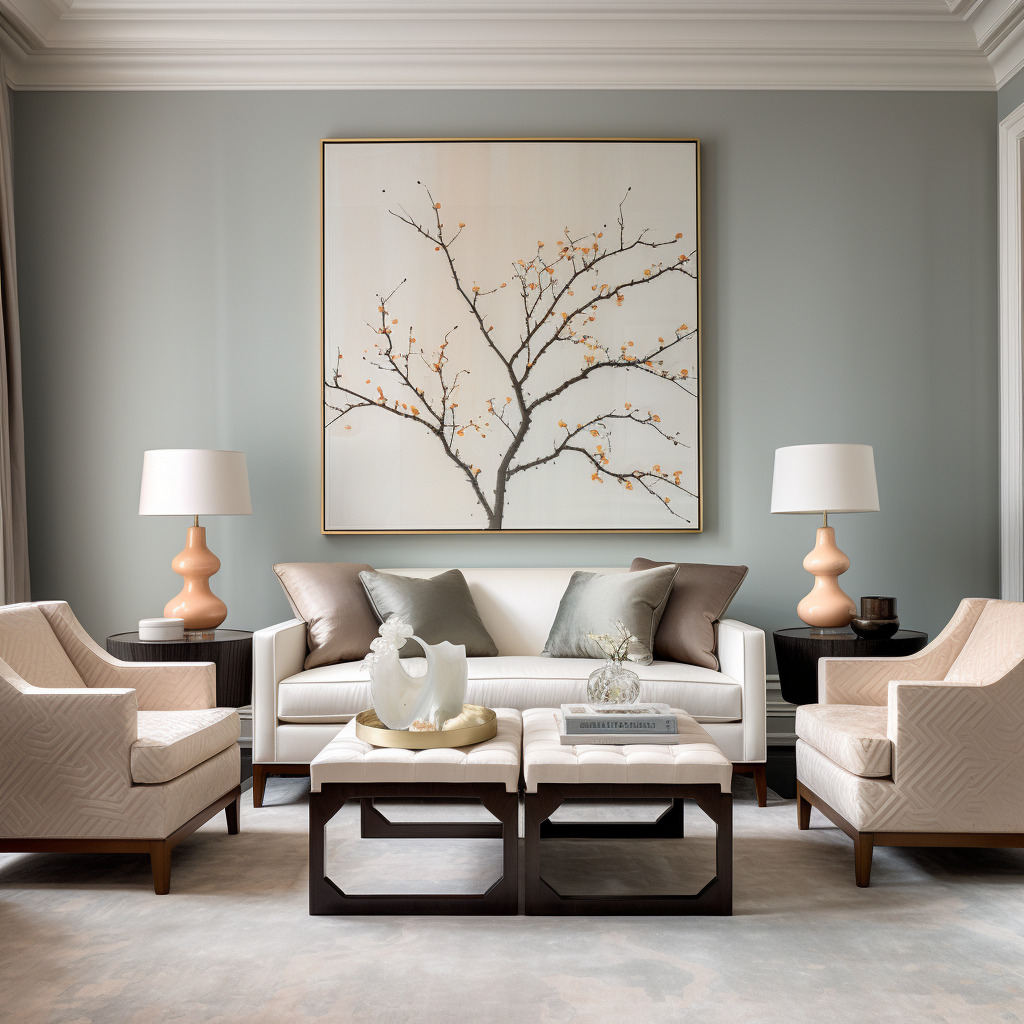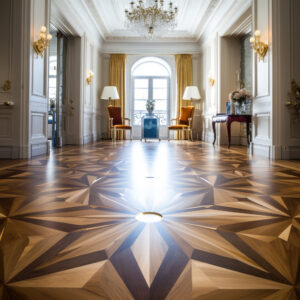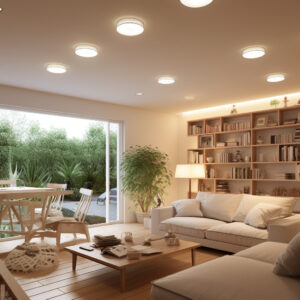Interior Color Palettes: How to Choose the Perfect One for Your Home
When you step inside your home, it should feel like a breath of fresh air—a sanctuary that perfectly reflects your taste and comforts your senses. The colors that swirl around your walls, the furniture that accentuates each room, and the lighting that sets the mood, all play a pivotal role in ensuring your home isn’t just a living space, but an embodiment of your personality and style. Interior color palettes, a cornerstone of design, can either make or break the aesthetic appeal of your home. Selecting the perfect palette is more than just picking your favorite colors; it’s about creating harmony, evoking emotions, and setting the foundation for your overall design theme.
Key Elements
Before immersing ourselves in the transformative power of color palettes, let us consider the key elements of interior design. Each offers a contribution to the creation of spaces that are not only visually appealing but are also practical and personal.
Element 1: Color Palettes
Color in interior design goes beyond beauty—it can define space, influence our mood, and be the thread that ties all design elements together.
Element 2: Furniture Arrangement
The layout of your furniture can affect the functionality and the flow of a room, making careful arrangement crucial for maximizing the space and enhancing comfort.
Element 3: Lighting
Lighting can alter the perceived size of a room, set a tone, and even impact our well-being. Both natural and artificial lighting need meticulous consideration.
Element 4: Accessories
Accessories are the finishing touches that can personalize a space, tell a story, and add depth and character to the home.
Tips for Interior Color Palettes
Choosing the right interior color palette can be daunting but with thoughtful consideration and following these tips, you can achieve a harmonious aesthetic.
- Understand Color Psychology
- Different colors can evoke various emotions and set distinct atmospheres. For instance, blues and greens tend to be calming, making them ideal for bedrooms or bathrooms, whereas reds and oranges provide a vibrant energy, suitable for living and dining areas.
- Consider Natural Light
- The amount and direction of natural light a room receives should carry weight in your color selection. Light colors can help to brighten a dim room, while darker hues are perfect for spaces with abundant sunlight to avoid overwhelming brightness.
- Create Flow and Connectivity
- Maintain a cohesive look throughout your home by choosing a palette that flows naturally from one room to another. An open floor plan benefits from a unified color scheme, while slight variations can define different areas within the same space.
- Test Samples in Your Space
- Never underestimate the power of sample swatches. Paint large sections of the wall and observe how the color changes with variations in lighting throughout the day.
- Mix Neutrals with Accent Colors
- Ground your space with neutral tones, providing a canvas for pops of accent colors. This allows flexibility in changing the mood and style with different accessories or artwork.
- Balance with Texture and Pattern
- When working with a limited palette, incorporate various textures and patterns to add visual interest and depth.
FAQ about Interior Color Palettes
Question 1: How do I choose a color palette that won’t quickly go out of style?
– Answer: Opt for timelessness over trendiness. Classic neutrals, when used as a base, can be versatile. Introduce color trends through easily replaceable items like throw pillows or art.
Question 2: Can I mix warm and cool colors in the same room?
– Answer: Yes, warm and cool colors can be combined effectively to create balance and contrast. The key is ensuring that one temperature dominates while the other serves as an accent.
Question 3: What’s the best way to use bold colors without overwhelming a room?
– Answer: Bold colors work best as accents or on a feature wall. Balance them with neutrals or use them in smaller doses, such as on a statement piece of furniture or decorative elements.
Question 4: Is it necessary to have the same color palette throughout my house?
– Answer: Not necessarily. While a unified palette can help create flow, each room can have its unique character with varying shades or complementary colors, provided there’s a cohesive element.
Question 5: How do I know if a palette will work in my lighting?
– Answer: The best method is to test paint samples in the actual room. Examine how the colors look at different times of the day and under artificial lighting to ensure satisfaction.
Interior design is an ever-evolving art form that succinctly encapsulates the spirit of the times while respecting individual tastes. From the resurgence of bold and earthy tones to the integration of biophilic design, which blurs the lines between the natural world and our interior spaces, current trends in interior color palettes are a testament to the diversity of modern-day living.
Creating a color palette for your home is a journey—a journey that can be as personal and unique as a signature. It requires an understanding of design principles, an eye for aesthetics, and the confidence to express oneself. With a well-crafted palette, you can construct a visual narrative that resonates with your sense of beauty, provides comfort, and turns your house into a home.




